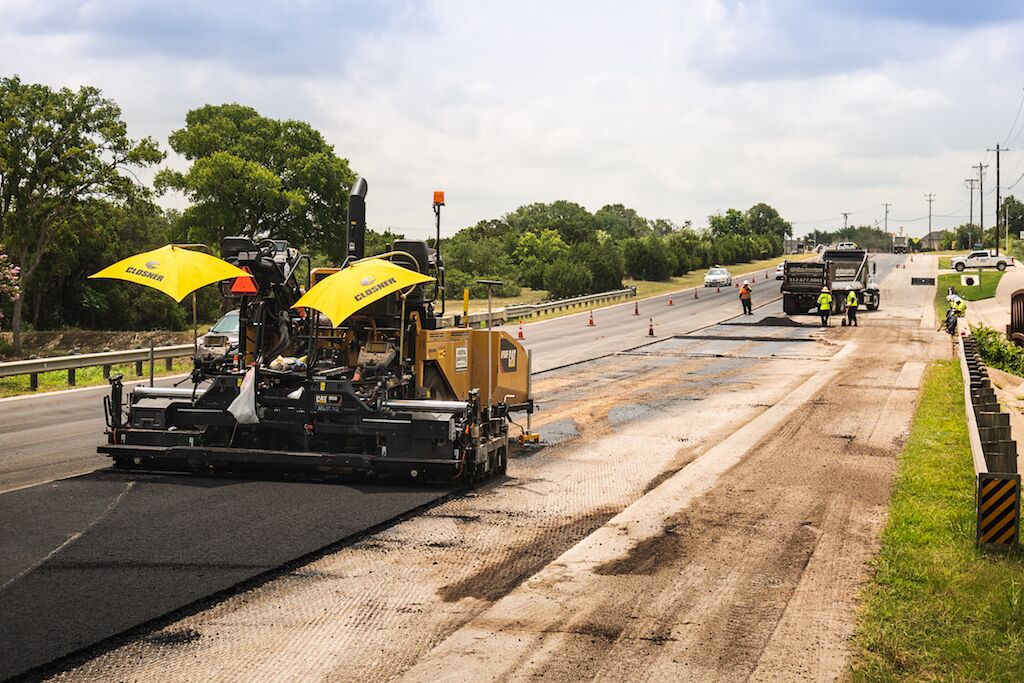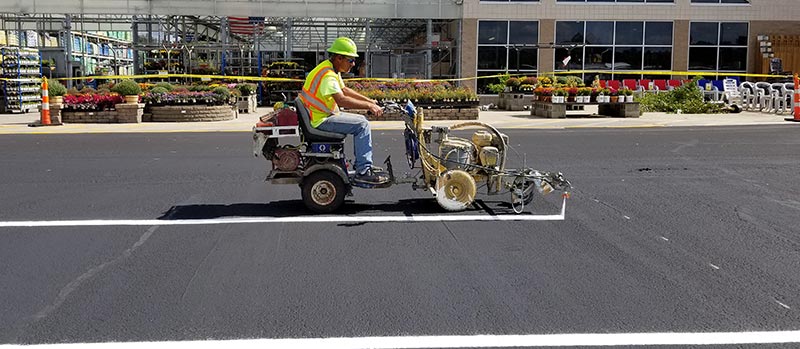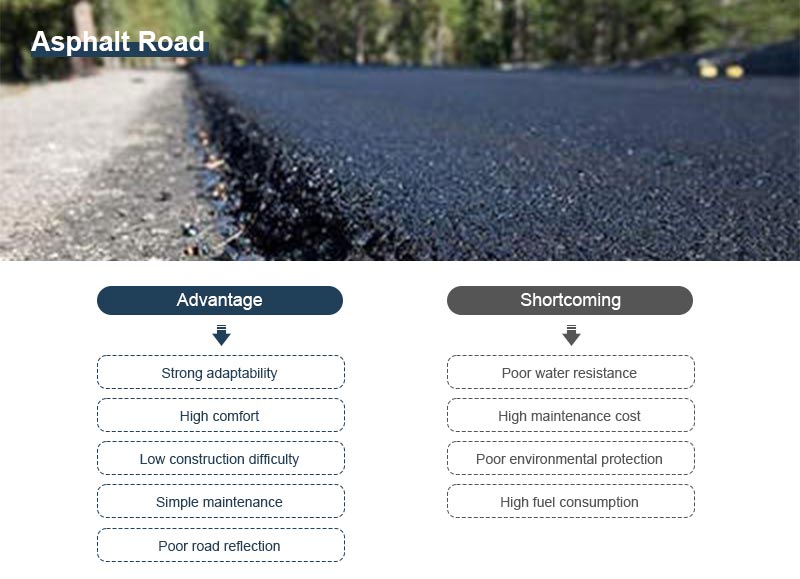The Buzz on A1 Professional Asphalt & Sealing Llc
The Buzz on A1 Professional Asphalt & Sealing Llc
Blog Article
A1 Professional Asphalt & Sealing Llc Fundamentals Explained
Table of ContentsMore About A1 Professional Asphalt & Sealing LlcThe Best Guide To A1 Professional Asphalt & Sealing LlcUnknown Facts About A1 Professional Asphalt & Sealing LlcThe smart Trick of A1 Professional Asphalt & Sealing Llc That Nobody is DiscussingThe Ultimate Guide To A1 Professional Asphalt & Sealing Llc

The oil in a car engine is not just oil. The REOB contains all the ingredients that were in the waste oil as well as the wear steels from the engine (primarily iron and copper).
Nevertheless, by making lots of blends utilizing different REOB examples and various asphalt binders, the variants largely can be averaged out. Numerous States gave examples of recognized REOB structure to TFHRC researchers, that assessed the examples to contrast the portion of added (understood) REOB to the discovered (examined) amount. The analyses revealed a comparable percentage of included and discovered REOB.
10 Simple Techniques For A1 Professional Asphalt & Sealing Llc
None of those States recognized that the asphalt they were buying included REOB. One State insisted its samples had no REOB - https://pastebin.com/u/a1asphaltseal.
Of the 1,532 examples evaluated, 12 percent included REOB, and some had substantially high degrees of it at 1020 percent. The highest degree was 34 percent in a sample from Texas, which TxDOT had utilized in a patching compound. This screening also exposed the existence of phosphoric acid in 11 percent of the examples, and 2 percent consisted of ground tire rubber.
2 years back at TRB's yearly conference, the Federal scientists held an REOB workshop and presented the searchings for of their laboratory evaluations to a standing room-only crowd. Although some firms do not especially outlaw REOB, they do enforce physical examinations that prevent its useeffectively a restriction. diagonal parking vs straight parking. Others do not prohibit it by spec, yet have contracts with asphalt providers to stay clear of making use of REOB
The Buzz on A1 Professional Asphalt & Sealing Llc
A handful do enable REOB, some within particular limits. As an example, Ohio and Texas limitation levels to less than 5 percent of the asphalt. To create a trusted test approach that all States can use, the TFHRC scientists established up a round-robin test plan. The participants are 11 State freeway agencies (Illinois, Massachusetts, Minnesota, Mississippi, Montana, North Carolina, Oklahoma, South Carolina, Texas, Vermont, and Wyoming), 2 independent screening labs, the Ministry of Transportation in Ontario, Queen's College in Ontario, and an Ontario paving professional.
In overall, the researchers prepared and shipped 720 blends. The individuals are testing the examples separately utilizing the standards given by the TFHRC researchers. The round-robin screening is nearly completed, and TFHRC is in the procedure of accumulating the outcomes. The result will certainly be a suggested AASHTO examination method that any State can adopt and utilize (what is cold asphalt?).
The pavement with REOB, which is situated 0.6 mile (1 kilometer) from the sidewalk without REOB, has the same subgrade, website traffic density, and climate. Nonetheless, the sector of Highway655 with 5 to 10 percent REOB revealed substantial splitting. In this example, the presence of REOB was the recognized root cause of cracking at a reduced temperature levels.
"In our experience in Canada, even tiny quantities of 23 percent can be an issue." In a similar way, an area of examination sidewalk in Minnesota (MN1-4) located to consist of REOB additionally fractured too soon. The sidewalk carried out well for the first 3 to 4 years, however after that began to split. This pavement is also subject to reduced temperatures.
The 3-Minute Rule for A1 Professional Asphalt & Sealing Llc
The examinations were not substantial, yet they showed that at levels of 6 percent or even more, the tensile toughness of the asphalt went down considerably. At a degree of 3.5 percent REOB, the variation in the physical test techniques was higher than the effect of REOB. In reality, it was tough why not try this out for scientists to analyze whether REOB was present.

One binder criterion considered is the difference between the reduced temperature level critical specification temperature for rigidity (S) in the bending beam rheometer and the bending light beam rheometer creep incline (m-value) noted as Tcritical. TC = TC (S) TC (m-value). Examination of this specification is still ongoing. 2 independent research study groups, one from AASHTO and the other from the Asphalt Institute, ended that even more study is needed on making use of REOB in asphalt.
Previously, all asphalt testing gauged engineering residential properties such as stiffness. These tests do disappoint what products had been included in the asphalt. One example gotten throughout the TFHRC research had a really weird analysis. The example had the following test outcomes: Superpave PG 64-28 with a high temperature quality of 67.3 Tcritical on the bending beam of light rheometer was 6.7 degrees Celsius.

The 6-Minute Rule for A1 Professional Asphalt & Sealing Llc
These results demonstrate there are weak points in the standardized engineering testing methods that may be made use of. The producer may have an economic advantage and the product passes all the standard tests, however the product might not be helpful to guaranteeing lasting performance. To address this problem and the growth of new asphalt additives and extenders, TFHRC is starting a research program to make use of portable spectroscopic tools, x-ray fluorescence spectroscopy, and Fourier change infrared spectroscopy to enable analyses to be done in the area instead than having to take examples back to the lab.
Report this page